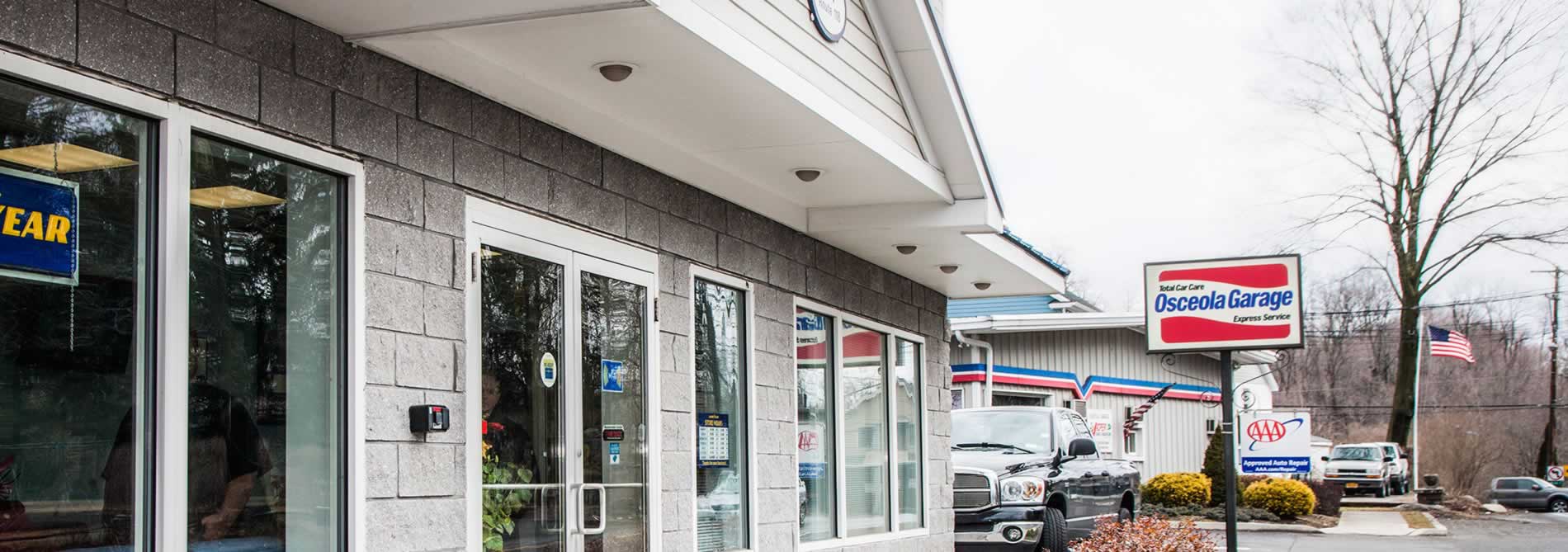Expanding the Business Update: Getting the Loan Money
Tomorrow is the bank closing for the construction loan. A construction loan is different from a bank loan for property, home or condo. Let’s say you looking to buy a home that sits on an acre of land and the agreed upon price is $500,000. The bank will do its due diligence to determine if this is a sound investment. The bank will also insure that your income qualifies you for that particular loan. With a construction loan such as mine, where I am erecting a 4 bay facility on property that I already own, I go to the bank with a plan. My plan must include projected costs of the project, projected increase in business and details on how I will grow the business. The bank does an analysis to see if the plan makes financial sense.
For a construction loan, the bank will need to see detailed estimates from the builder, plumber, electrician, excavator, etc. The bank will also perform an appraisal to determine the value of the property and business at the present time and the projected value after the completion of the project. This is extremely important. If the loan amount you’re asking for is $500,000, the bank will use the property and building as collateral against the $500,000.
Another major difference with a construction loan is how the money is disbursed. Let’s go back to the example with the purchase of a home. The bank will lend you the full amount at closing for the home less closing costs and any money you put up. You start paying back the loan with interest usually the following month.
With a construction loan, money is disbursed in stages. The bank oversees the project and distributes only the money to pay for the portion of the project that has been completed. So, let’s say the excavator’s work is complete and his bill his $75,000. The bank will release the money to pay that part of the project. You pay only the interest on the portion of the money borrowed. The actual loan (principle and interest) does not begin repayment until the project is complete.
This is why it is extremely important to work with the contractors and vendors to get hard figures and calculations. You don’t want to go over budget and be left with less loan money then what you projected. AND, always build in a contingency figure of 10% or 15% to cover unexpected expenses. Believe me, there will most certainly be unexpected expenses.
Also remember to factor into the project all the expenses you incurred prior to putting a shovel in the ground; Architect fees, site work, attorney fees, consulting fees, town fees and any other expenses incurred prior to and not including the actual building construction.
A word of advice when dealing with contractors and vendors, get everything in writing. Don’t rely on the “good old handshake”. Another piece of advice, when you make a mistake, and you will along this tough process, put it behind you. Mistakes are unavoidable.
Stay tuned!




0 Comments
Recommended Comments
There are no comments to display.
Create an account or sign in to comment
You need to be a member in order to leave a comment
Create an account
Sign up for a new account in our community. It's easy!
Register a new accountSign in
Already have an account? Sign in here.
Sign In Now